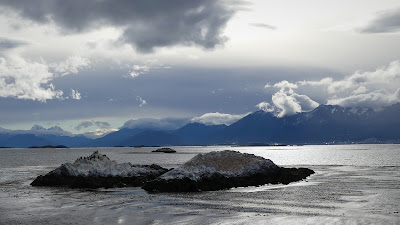This is one of the short videos I've prepared for my upcoming lecture series on board the Seabourn Ovation. I often like to begin my presentations with Google Earth views to give audiences a geographic context to the locations I will be highlighting. This video is one of my first to introduce the use of Google Earth Studio - an exciting new animation tool for Google Earth’s satellite and 3D imagery. It is entirely web-based and allows some amazing animations such as the fly-in that I've created to swoop down to the Gateway of India (built to commemorate the visit of King George V and queen Mary to India).
The other resource I've used for this video is www.unsplash.com. Unsplash is a completely free source of Creative Commons photos from highly skilled photographers around the world. Many of the excellent high-definition photographs on Unsplash will completely blow you away! And they are available copyright free for any application -- perfect for my destination presentations.
Perhaps we will see you on board the Ovation, or one of my upcoming cruises. Until then, happy adventures! keep them guessing where to next!
Cheers, George







